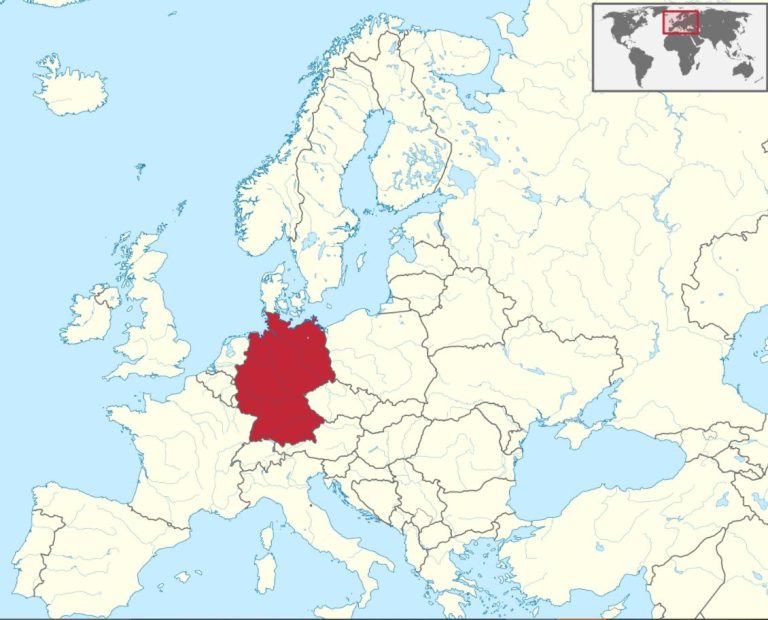Introduction
In several sectors, India-Germany relations expanded their connection beyond the ‘economic and development cooperation lens.’ Defence and strategic collaboration have become vital, and a conversation has started on the subject.

Pillars of cooperation
Economic Relations:
- In terms of India-Germany trade relations, Germany was India’s top European commercial partner in 2017-18, valued at US$ 21.98 billion
- Germany is the 7th biggest foreign investor in India, investing $11.7 billion between 2000 and 2019. However, the worldwide economic circumstances have caused a decline since 2019
- Germany’s assistance and support will be essential for programs like “Make in India” (which wants to increase the manufacturing sector’s participation in India’s GDP to 25% by 2022 and generate 100 million jobs) and “Aatmanirbhar Bharat” Abhiyan (which intends to enact fundamental reforms in the Indian economy, including its manufacturing sector)
- Both parties worked together on WTO changes, notably the Dispute Settlement Mechanism and the global economic crisis caused by trade conflicts
- India is in talks with both the EU and Britain on business and Bilateral Investment Treaty. In this aspect, the adage’ EU is Germany’ remains true
Technology and Sustainable Development cooperation:
- It is commonly known that Germany is a technical powerhouse, and Indo-German cooperation will benefit both countries
- In India-Germany relations , India dominated software while Germany dominated hardware. The two countries can work together to make value chains more efficient, tackle governance concerns using technology, and efficiently expand areas of the economy
- So, in 2008, the Indo-German Science and Technology Centre was established in Gurugram, with each country contributing $1 million
- The two countries have also formed a High Technology Partnership Group to explore prospects in high-tech manufacturing under the ‘Make in India’ concept
- A $1.12 billion German investment in India’s green mobility. The investment will be utilized to promote eco-friendly initiatives, including electric enterprises and building infrastructure
Defence/Strategic cooperation
- Though signing a ‘Strategic Partnership’ Agreement, the two sides’ collaboration in military and strategic cooperation has yet to reach its full potential
- Signed in 2006, the India-Germany Defense Cooperation Agreement now includes exporting weapons and advanced defence technologies to India
- Both countries are involved in reforming global organizations, including the UN Security Council and the WHO
- In terms of the UNSC, both Germany and India are part of the G-4 grouping hoping to acquire permanent membership and reform the council’s composition and operation
Cultural Relations:
- Over 20,800 Indian students study in Germany, while 800 German students study in India
- An Indo-German higher education collaboration was also agreed upon to enhance the number of Indian students studying in India
- The German language is popular in India. Thus, the German government established Max Mueller Bhavans to teach it
- Both parties agreed in 2015 to teach Indian languages in Germany
Conclusion
India is now one of the world’s fastest-growing economies, while Germany is the largest in Europe. So both nations should keep working together on global development issues.Both countries’ presidents have met often in recent years. After COVID-19, India Germany strategic relationship might establish a peaceful, human-centred, and sustainable global order.
 Profile
Profile Settings
Settings Refer your friends
Refer your friends Sign out
Sign out








